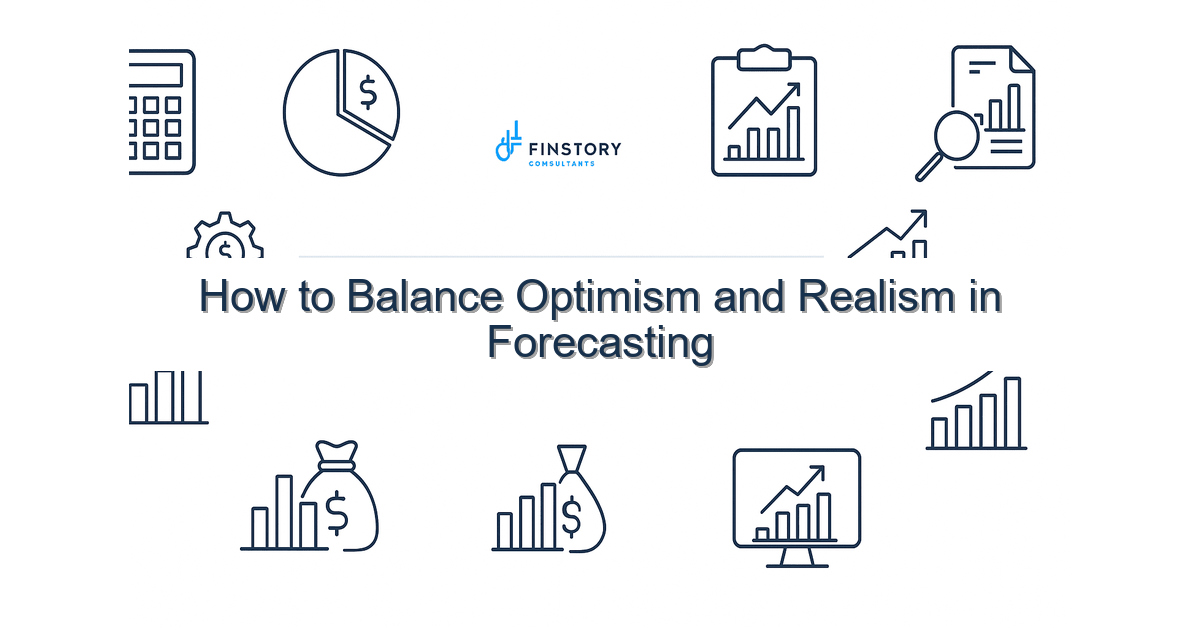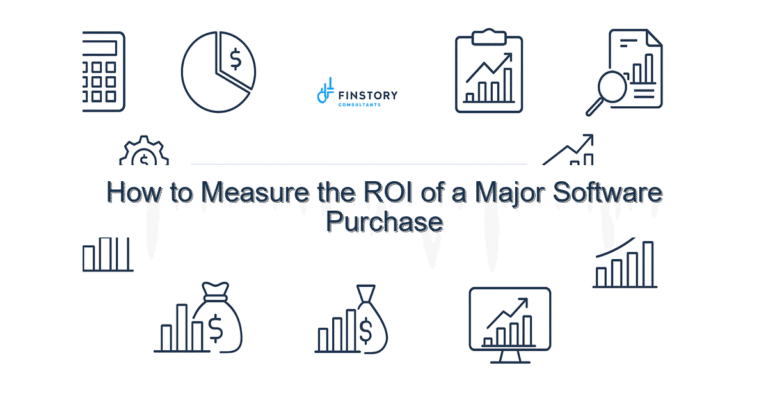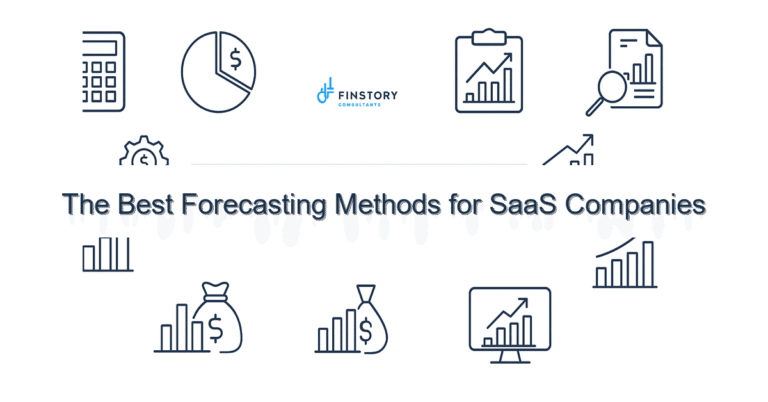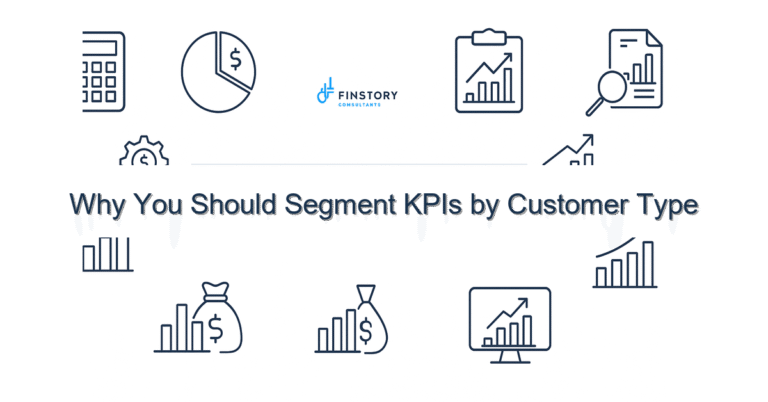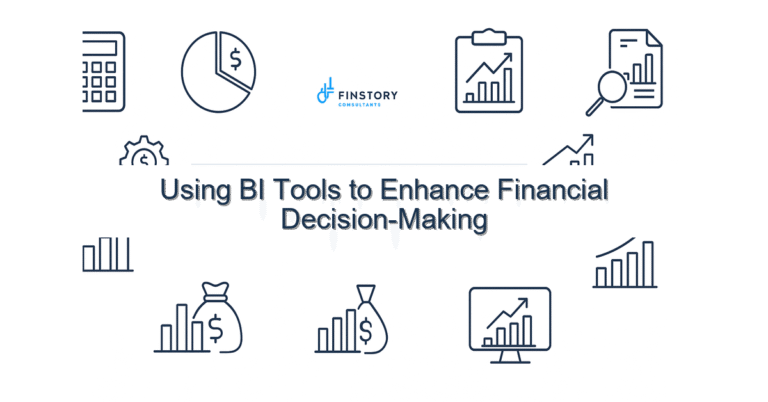How to Balance Optimism and Realism in Forecasting
You want growth, better patient outcomes, and a budget that supports both. But every month your forecast swings between wishful thinking and defensive cuts—and neither helps. If this is your world, you’re not alone—here’s how leaders are fixing it.
Summary: Get a straightforward, repeatable method to blend optimism and realism in healthcare forecasting so your numbers are motivating, defensible, and quickly actionable—helping you reduce variance, shorten planning cycles, and preserve cash.
What’s the real problem? (healthcare forecasting)
Forecasting in healthcare is a tension between two needs: the aspiration to invest in care, and the discipline to protect margins and liquidity. When finance and operations don’t agree on assumptions, forecasts become stories rather than decision tools.
- Symptoms: Repeated forecast overrides from operations because assumptions feel “too pessimistic.”
- Symptoms: Finance pushes conservative scenarios that stall capital projects.
- Symptoms: Monthly variance reviews turn into blame sessions instead of course corrections.
- Symptoms: Long FP&A cycles leave leadership making decisions on stale data.
What leaders get wrong
Many leaders try one of two extremes: they either set optimistic targets to motivate teams or lock everything down in cautious scenarios. Both cost the organization.
- Over-indexing on optimism: creates frequent misses, erodes credibility, and fuels surprise cash shortfalls.
- Over-indexing on realism (pessimism): causes underinvestment in capacity and slower growth.
- Using soft assumptions without version control: you can’t trace why a number changed or who agreed to it.
Cost of waiting: Every quarter you tolerate uncaptured variance is a quarter lost in cash-efficient growth or avoided cuts. That adds up fast.
A better approach
Think of forecasting as a calibrated conversation: clear assumptions, owned risks, and fast feedback loops. Here’s a simple 4-step framework that healthcare CFOs and COOs can use right away.
- Align on scenarios and triggers. Define base, upside, and downside scenarios with concrete triggers (e.g., volume +/− 5%, payer mix shift of X%).
- Assign ownership to assumptions. Each driver (scheduling, ED throughput, referrals, AR days) should have a named owner who signs off monthly.
- Use mixed inputs: data + expert judgment. Combine recent operational metrics (booking, length-of-stay) with short expert notes explaining why the trend will continue or reverse.
- Shorten cycles and report variance fast. Move to weekly rolling forecasts for cash and monthly rolling forecasts for the P&L; require variance narratives under 100 words.
Proof point: One regional hospital moved from quarterly static forecasts to a weekly rolling cash projection and reduced forecast variance vs. actual by 22% in three months—allowing them to avoid a planned hiring freeze. Want a 15-minute walkthrough of this approach?
Quick implementation checklist
- Run a one-hour alignment workshop: agree three scenarios and the trigger thresholds.
- Document top 8 forecast drivers and assign owners in your FP&A model.
- Implement a simple variance template: actual vs. forecast vs. last month’s forecast with a 100-word explanation.
- Automate one source of truth (eg. admissions, bad debt reserves) into your model via Power BI or a connector.
- Set a cadence: weekly cash, monthly P&L, quarterly strategy review.
- Publish an assumptions log with timestamps and approvers (audit trail).
- Run a rapid Monte Carlo or sensitivity test on two most-uncertain drivers.
- Share a one-slide forecast summary with leadership: scenario, confidence band, and next action.
What success looks like
Measure outcomes, not effort. Use these KPIs to know you’re winning:
- Forecast accuracy: Reduce absolute variance vs. actual by 15–25% in 90 days.
- Cycle time: Cut planning cycle from X weeks to Y weeks (example: 6 → 3).
- Decision velocity: Time from variance detection to corrective action under 7 days.
- Cash visibility: Weekly rolling cash with a 95% confidence band.
- Stakeholder trust: Fewer ad-hoc overrides and more signed-off assumptions.
- ROI: Avoided cost or enabled investments equal to 1–3% of operating budget within 6 months.
Risks & how to manage them
- Risk: Data quality gaps. Mitigation: Start with the highest-impact feeds (revenue, bookings, AR days) and automate them first.
- Risk: Political pushback on ownership. Mitigation: Make ownership light—a single line item steward who signs assumptions, not a heavy additional role.
- Risk: Overfitting models to noise. Mitigation: Use rolling windows and enforce a minimum sample period before changing trend assumptions.
Tools & data
Good forecasting blends automation with judgment. Finance automation platforms let you stitch operational feeds into a canonical model. Power BI and similar tools give leadership up-to-date narrative-ready visuals. For many teams, the gap isn’t software—it’s the process and the data pipeline.
Mini-case: A multi-hospital group we worked with cut monthly close time by 38% after centralizing feeds and standardizing the assumptions log.
For tactical reads, see our posts on financial forecasting for healthcare and our hospital forecasting case study. If you want to see how a healthcare forecasting tool works in your environment, request a demo of our finance automation.
FAQs
Q: How often should we update forecasts?
A: Weekly for cash and major capacity drivers; monthly for full P&L. Move to weekly only for the few drivers that materially affect cash.
Q: Should we keep both optimistic and conservative targets?
A: Yes—publish a base case with upside/downside scenarios and link decisions (hiring, capital) to triggers in those scenarios.
Q: What if operations won’t own assumptions?
A: Start with incentivized pilot owners (a service line director or nursing lead) and keep the commitment light. Short wins build buy-in.
Q: Can Power BI handle this?
A: Power BI is great for visualization and distribution; pair it with a controlled model (spreadsheet or FP&A tool) as the single source of truth.
Next steps
If you want a practical next step: book a quick consult with Finstory to map your current workflow and identify the top three forecast drivers worth automating. We’ll talk through your workflow, show a short demo of healthcare forecasting tools for finance teams, and share a tailored checklist you can use this week.
Start seeing value in 30 days—book a quick consult or request a demo of our financial forecasting for hospitals and health systems now.
Work with Finstory. If you want this done right—tailored to your operations—we’ll map the process, stand up the dashboards, and train your team. Let’s talk about your goals.
📞 Ready to take the next step?
Book a 20-min call with our experts and see how we can help your team move faster.
Prefer email or phone? Write to info@finstory.net
or call +91 44-45811170.
